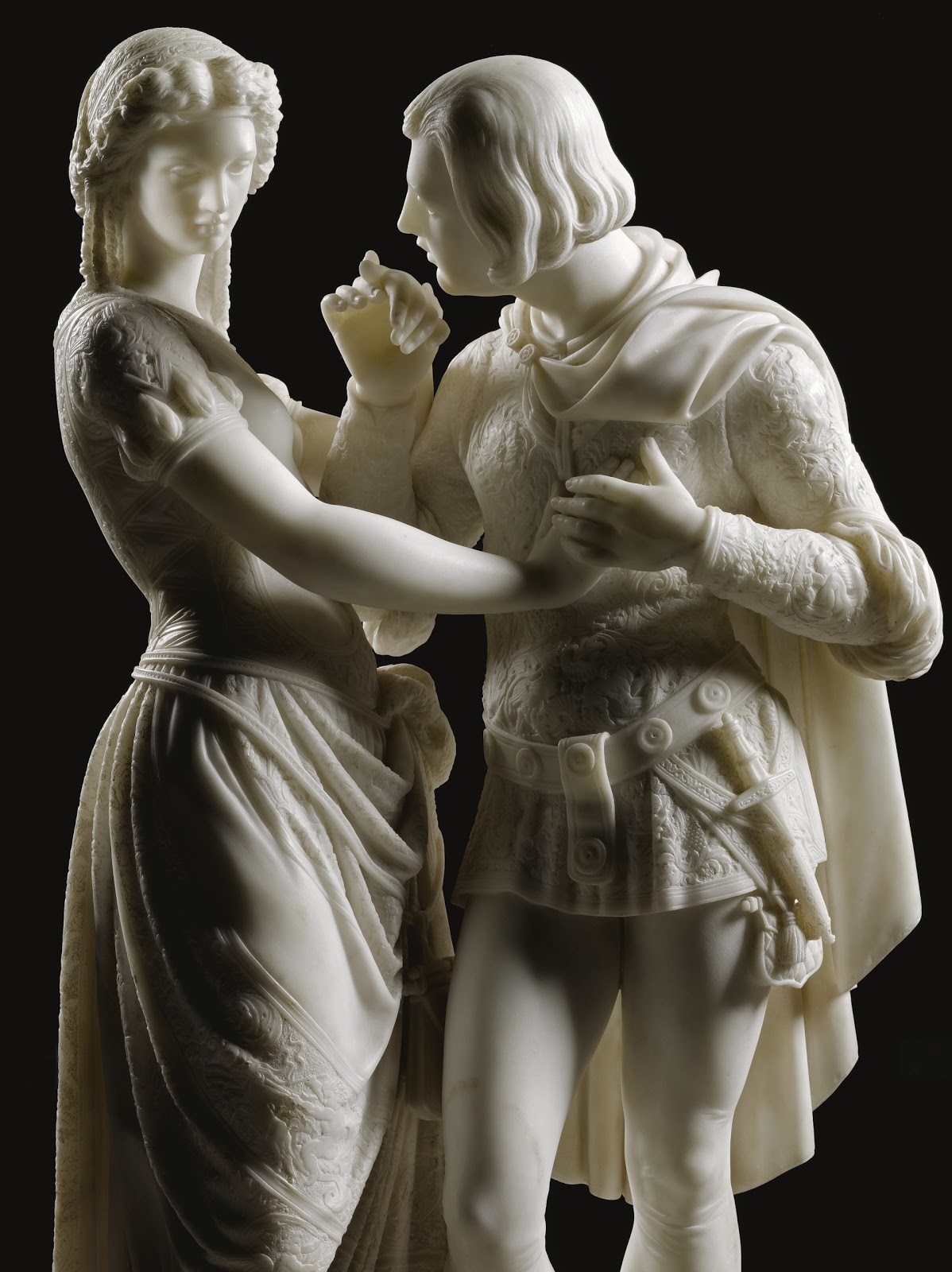At the end of the Middle Ages, art across Europe was dominated by a decorative and refined manner known as the International Style.
Ornate, with brilliant color and gilding, it reflected courtly tastes and continued, for some time, to attract patrons in Milan, Ferrara, and other aristocratic Italian cities, even as more naturalistic Renaissance styles began to take root elsewhere.
By the mid-1400s, in Florence especially, both artists and patrons had begun to embrace new subjects and approaches.





.jpg)